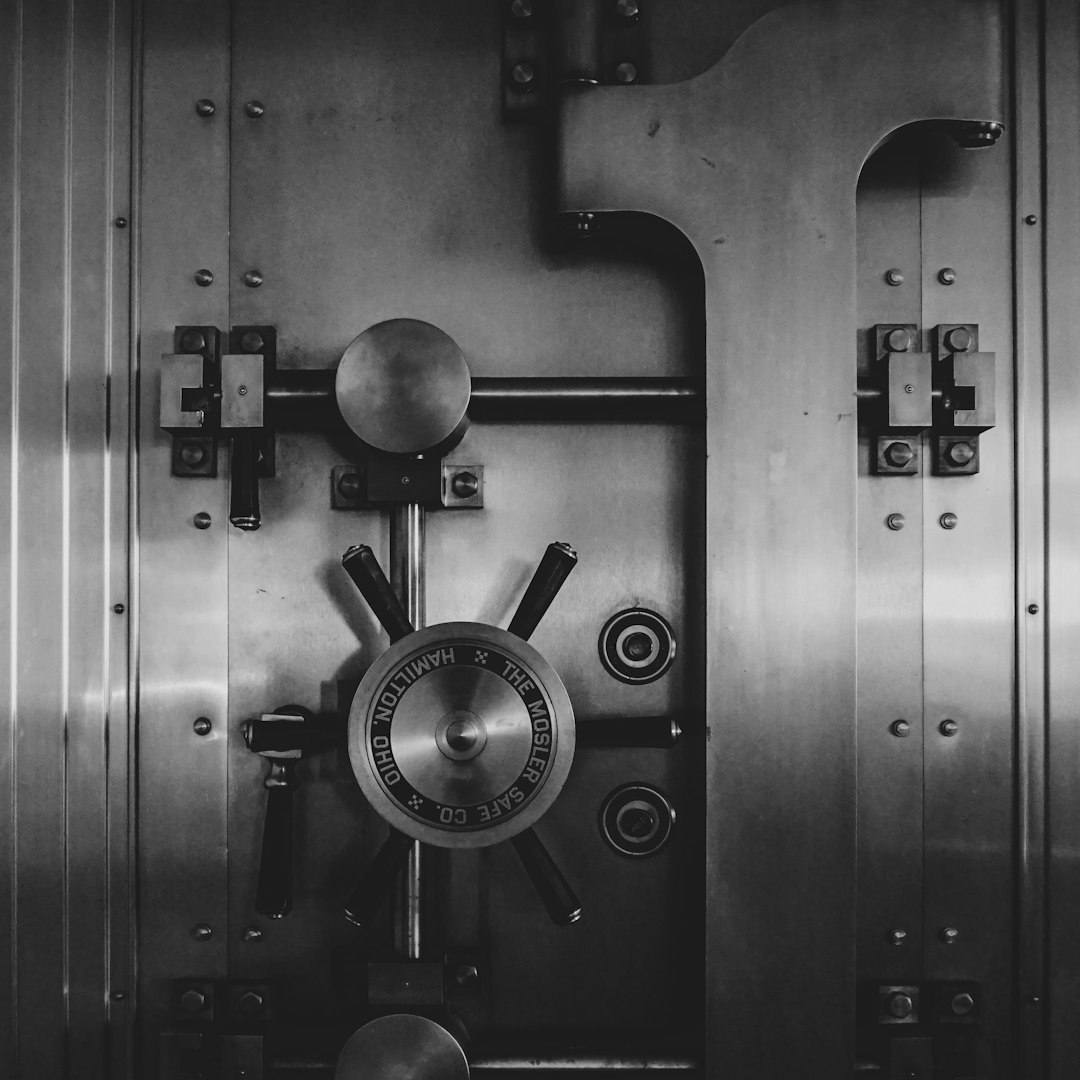
Opioid addiction is a serious problem that affects many people, and quitting can be incredibly challenging. One of the biggest hurdles to ending opioid addiction is the withdrawal symptoms that occur when you stop using opioids. Opioid detoxification is a necessary step in conquering opioid addiction. Click here to get even more info on the subject!
When dealing with opioid addiction, obtaining treatment is crucial for sustained rehabilitation. Nevertheless, the process of opioid detoxification may seem intimidating and deter certain people from seeking the necessary assistance. It is crucial to know what to expect during opioid detox and what withdrawal symptoms to watch for. View here for more info on this product.
The first phase of treating opioid addiction usually involves eliminating opioids from your system through the process of opioid detoxification. Detoxification can be done in several ways, but the goal is always the same: to alleviate withdrawal symptoms and prepare the body for ongoing treatment. During detoxification, you may experience several symptoms as your body adjusts to the absence of opioids.
The extent of opioid withdrawal symptoms may vary from mild to severe and can be different for each individual depending on their addiction level. Common symptoms of opioid withdrawal include muscle pain, sweating, anxiety, insomnia, and diarrhea. Other symptoms may include nausea, vomiting, abdominal cramping, and goosebumps. Click here for more helpful tips on this company.
If you are undergoing opioid detoxification, it is essential to recognize that the withdrawal symptoms will eventually dissipate. The duration and severity of the symptoms may differ among individuals, but with time, they will diminish in intensity and frequency. Having support from loved ones or healthcare professionals during this time is also critical. They can help you manage the symptoms and provide encouragement to keep going.
Apart from managing opioid withdrawal symptoms, it is necessary to address the underlying addiction through ongoing treatment. This can include therapy, medication-assisted treatment, support groups, or a combination of these options. Collaborating with healthcare professionals to determine the most effective treatment plan for your individual requirements and creating a plan for long-term recovery is crucial.
It’s essential to note that attempting to detox from opioids without professional help can be dangerous and even life-threatening. Medical supervision during opioid detox is essential to manage withdrawal symptoms and prevent complications. This can include the use of medications, such as methadone or buprenorphine, to alleviate withdrawal symptoms and prevent relapse. Moreover, counseling and behavioral therapy can be advantageous in tackling the psychological aspects of addiction and supporting long-term recovery.
To conclude, opioid detoxification is a necessary step in conquering opioid addiction, but it can be accompanied by unpleasant withdrawal symptoms. Having support during this time and addressing the underlying addiction through ongoing treatment are both critical. With the appropriate assistance and commitment, it is possible to conquer opioid addiction and achieve lasting recovery.